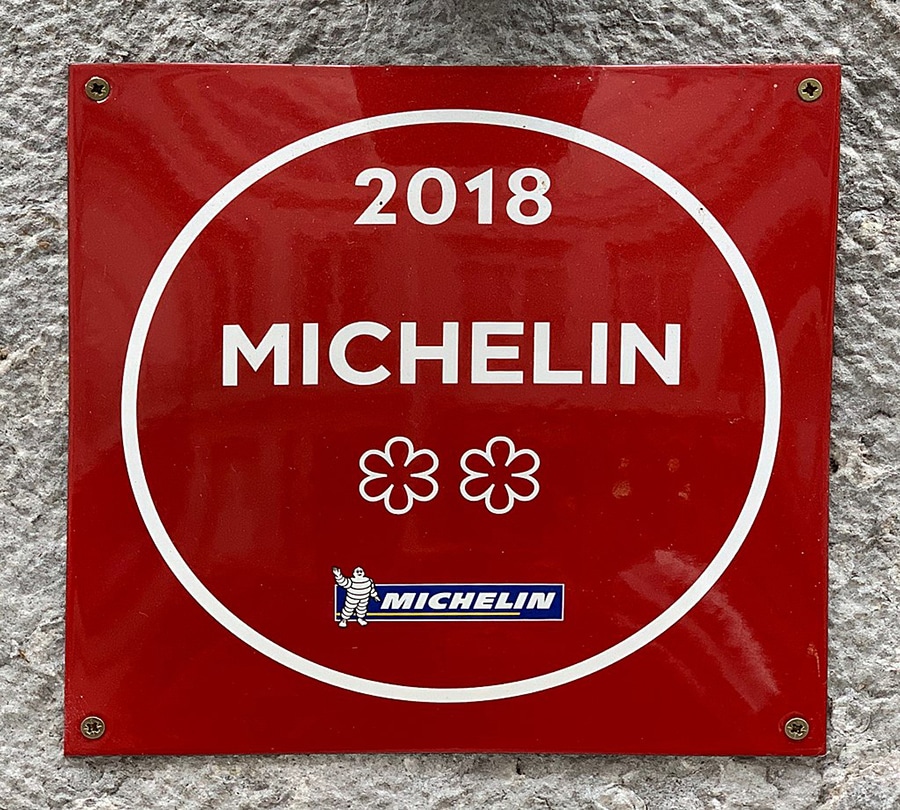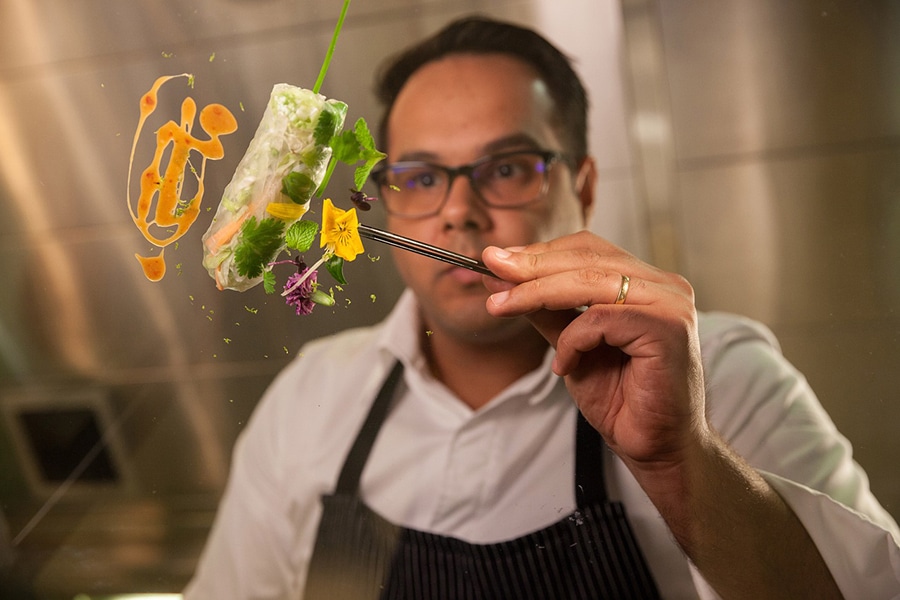
Every year in October hundreds of chefs eagerly await the publication of a very special book. “The Little Red Book”, as it is affectionately known, will reveal the winners and losers, the movers and shakers within the restaurant industry over the previous year. First published in 1900, the Michelin Guide was given by the French tyre company to customers who bought tyres. Over 100 hundred years later there are multiple international editions of the Guide Rouge listing the restaurants and chefs who have been awarded either 1, 2 or 3 stars. But sometimes it is more about those that have lost a star that causes the controversy.
The Guide sends its inspectors to eat out in various restaurants every week throughout the year. On average each inspector will dine-out at least twice per week. And the whole process is veiled in secrecy! The restaurant, the chef or the staff will not know that they are being inspected, although, sometimes, it is possible to spot an inspector as they often dine alone and show just a little too much curiosity in the food and their surroundings.

What does it take to become a Michelin starred chef? To earn one star, a restaurant must be considered “a very good restaurant in its category.” For two stars, the criteria is “excellent cooking, worth a detour.” To qualify for the elusive three stars, a restaurant must serve up “exceptional cuisine, worth a special journey.” To achieve that first star here are a few things that may help. Firstly, start with quality ingredients. Inspectors, and customers, are looking for local, fresh, high quality ingredients, but they do not need to be high priced. While the use of foie gras, lobster and caviar may be associated with starred restaurants it is not essential, but fresh certainly is..
Secondly, it is all about the cooking. Using those fresh, high quality ingredients you need to handle them in a way that is both respectful and flavoursome. Consider all the flavour groupings (sweet, sour, bitter, spicy, salty and umami) and different textures as well as colours. Nobody wants a one-colour, one-texture plate of food. Think about different cooking techniques – steaming, frying, roasting, pan-roasting. And finally, presentation. Make that plate of food attractive to the eye, put some flair and personality into it and, above all, if it is meant to be hot make sure it is hot when it reaches the table.
Thirdly, value for money. You may want a Michelin Star, or think that you deserve a Michelin Star, but if you are charging exorbitant prices in the hope of getting that accolade you will be waiting a long time. Customers are looking for an experience that suits their tastes and their budget. A restaurant full of happy customers enjoying, not only the food, but the service and ambiance will go away remembering the experience and more than likely return. Once you have got a “buzz” going round about your restaurant there’s a good chance you will start to be noticed by some of the Guides.

And finally, consistency. I have written previously about how important I consider consistency to be. It turns out the good folks at Le Guide Michelin also consider it to be important. As part of the process for being nominated for a Star you will be secretly inspected on several occasions. The inspector(s) is looking to see if you can maintain a standard in everything that we have discussed so far in this article. Michelin pride themselves on their reputation of being the definitive guide to dining out. How many times have you recommended a restaurant to friends that you enjoyed, for them to return saying that it was not very good?
Now that you have been awarded your first Michelin Star expect the bookings diary to fill up and start working toward your second! Bon Courage!